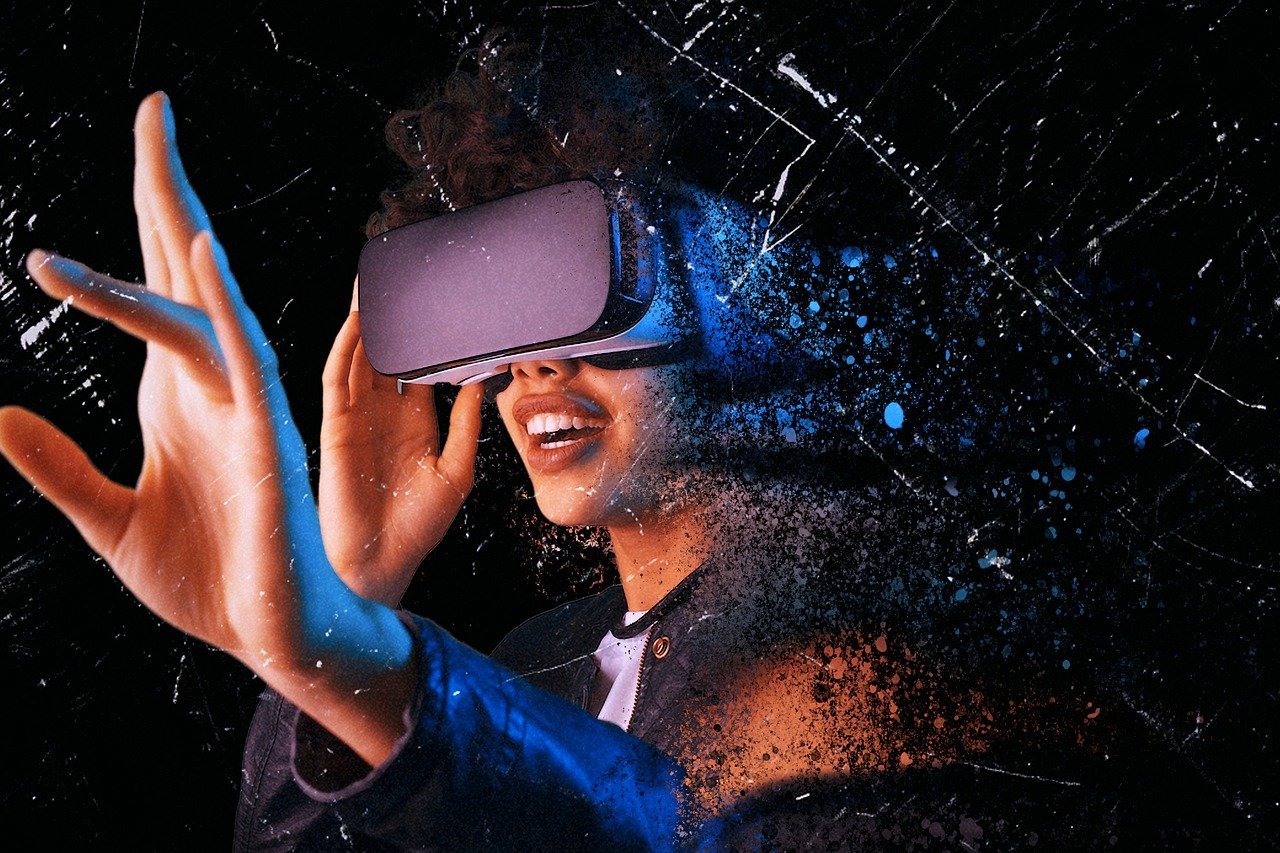🇫🇮 Towards the metaverse – The 6G Bridge Emeta project studies what kind of data communications infrastructure metaverse requires
The University of Oulu is running a 6G Flagship research programme, which involves a wide range of research around 6G. One of the research projects is called EMETA (Enabling Metaverse). The project involves the University of Oulu, Oulu University of Applied Sciences and VTT, and it explores how telecommunications and computing solutions can support the metaverse function.
“In our project, metaverse means that high-quality video data is transferred between users. It requires a lot of telecommunication and computing capacity. We are not researching the metaverse itself, but the data communications infrastructure that is needed to support the metaverse function,” says Timo Bräysy, who works as part of Emeta’s research team.
Integrating virtual and physical living spaces
A virtual metaverse model is being developed in the research project, and it’s going to be tested this year. The model is implemented at the university, and it involves making a virtual 3D model of a physical space, such as a conference room. The virtual model acts as a twin to the physical space.
“The point is that you can join the space both physically and virtually with the help of 3D glasses. It will be a shared experience for the participants. For example, all the participants can see the same presentation that is shown in the space, and they are also aware of who is in the physical and who is in the virtual version of the room.”
The goal is to also be able to control the different functions of the physical room from the virtual space. This allows the participant, for example, to adjust the air conditioning and lights, and to open and lock doors and windows.
“However, to enable this kind of virtual space monitoring, it is necessary to have equipment installed in the physical space that allows the controllability. In addition, the interfaces must meet, i.e. the hardware must be able to be combined with software running the virtual model.”
Similar facilities are to be built, for example, at VTT campuses in Espoo and Oulu and Oulu BusinessAsema. An attempt is made to create a network of shared virtual spaces between these premises, and there you can try different activities, such as holding meetings.
“The aim is to measure real-time data traffic between the premises and test how well the data transfer technology serves the metaverse function,” Bräysy explains.
Towards 6G
Currently, studies are being conducted using 5G, i.e. the studies are testing how well current telecommunications solutions support the metaverse function. These experiments are being conducted to see what should be considered when switching to 6G and how to better build the metaverse function.
‘The metaverse function of 6G is the point and the main subject of our study here.’
Emeta is a project funded by Business Finland, and research around it will continue for at least a couple of years to come. According to Bräysy, different companies have been really interested in the opportunities presented by the project, and they are monitoring the progress of the research closely.
“We are happy to inform them of the progress of the research and hope that this will one day be useful in their product development,” he mentions.
Vilma Lehto
Viestinnän harjoittelija / Communications Intern
+358 50 305 5761
[email protected]
Blogitekstit, uutiset, sosiaalinen media, tapahtumaviestintä.
Blog posts, news, social media, events communication.
Originally published on 9 November by University Innovation Centre.
Announcements are published as a service to readers. The sender is responsible for all content.
Announcements for publication can be submitted to [email protected].

